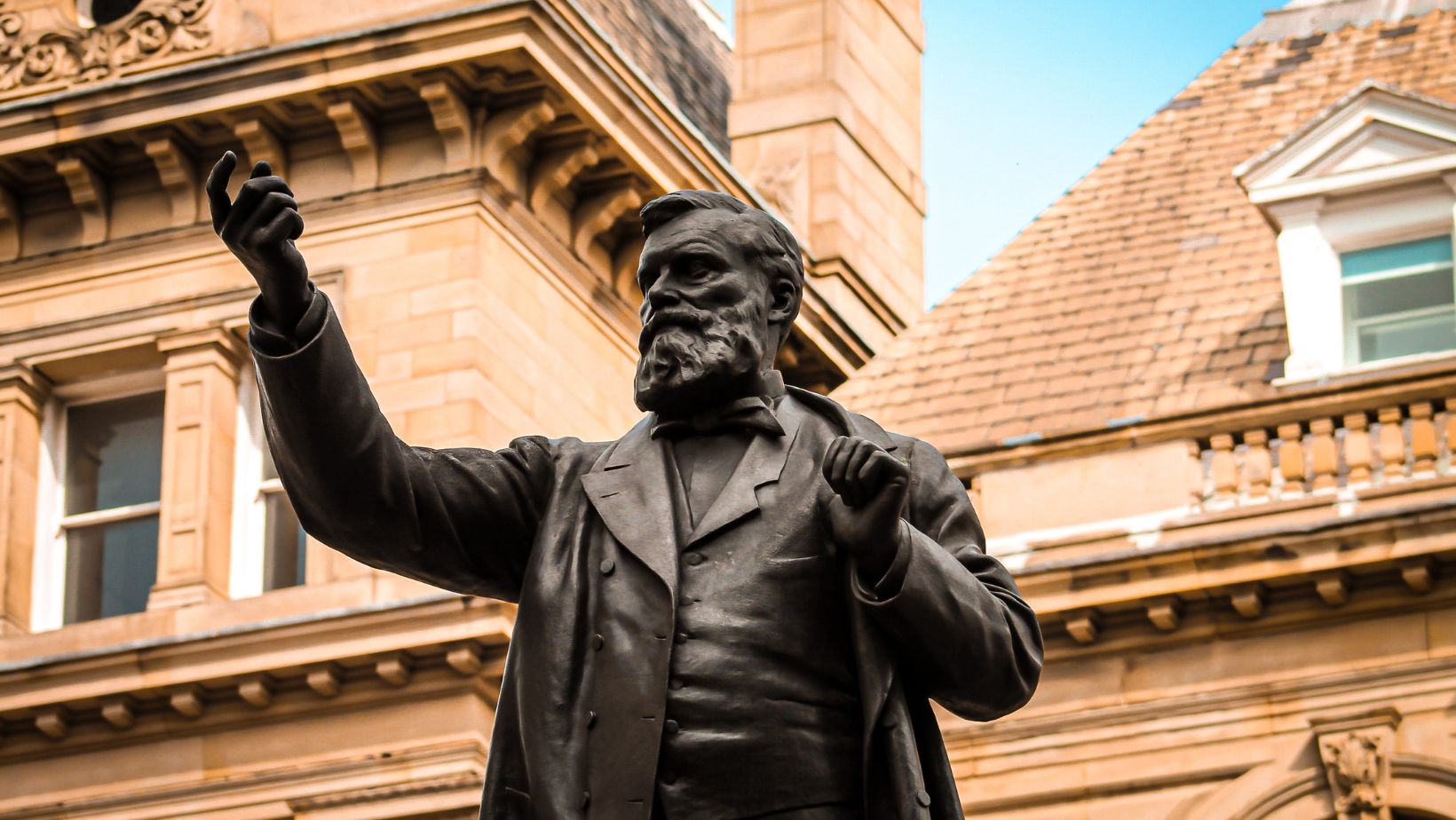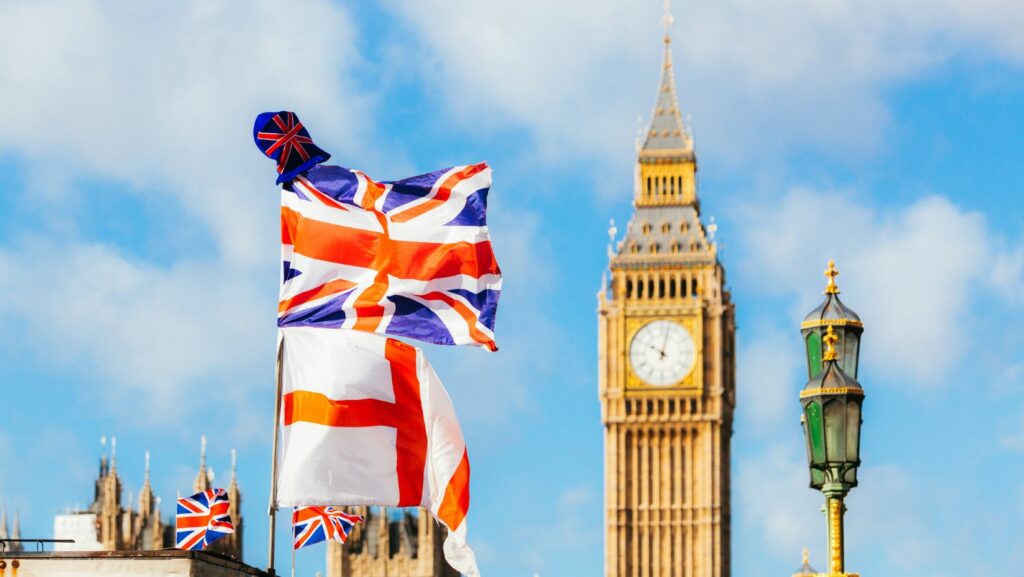England boasts a rich tapestry of art that spans centuries, capturing the essence of its vibrant history and culture. From the majestic works housed in the National Gallery to the contemporary pieces in the Tate Modern, England’s art scene offers something for everyone. These masterpieces not only reflect the artistic prowess of their creators but also provide a window into the social and political landscapes of their times.
Famous Art in England
 England’s art history spans centuries, characterized by movements that have shaped global art. During the Middle Ages, illuminated manuscripts and religious icons emerged as significant works. By the Renaissance, England began developing its unique artistic voice, marking a departure from Continental influences.
England’s art history spans centuries, characterized by movements that have shaped global art. During the Middle Ages, illuminated manuscripts and religious icons emerged as significant works. By the Renaissance, England began developing its unique artistic voice, marking a departure from Continental influences.
In the 18th and 19th centuries, English artists like Sir Joshua Reynolds and Thomas Gainsborough promoted portraiture and landscapes. Reynolds’ portraits exemplify the elegance of the period, while Gainsborough’s landscapes capture the idyllic English countryside.
The Victorian era saw a surge in Pre-Raphaelite art, with figures such as Dante Gabriel Rossetti and John Everett Millais emphasizing vivid colors and intricate details. Their works reflected a fascination with medieval themes and romanticism.
The 20th century brought modernism, with influential artists like Henry Moore and Francis Bacon. Moore’s sculptures explored human forms, and Bacon’s paintings delved into existential themes. Institutions like the National Gallery and Tate Modern now house many of these masterpieces, showcasing England’s diverse art history for visitors worldwide.
Renowned Museums and Galleries

England’s art scene thrives in its renowned museums and galleries. The National Gallery in London, housing over 2,300 paintings from artists like Van Gogh and Caravaggio, is a prominent institution. Tate Modern, another key venue, showcases contemporary masterpieces within its repurposed industrial space.
The Victoria and Albert Museum excels in decorative arts, boasting over 2.27 million objects. The British Museum, with its expansive art collection, highlights artifacts from diverse cultures, including the famed Rosetta Stone. The Ashmolean Museum in Oxford is noteworthy for its rich collection of art and archaeology.
Smaller venues, such as the Saatchi Gallery, focus on emerging contemporary artists. Meanwhile, the National Portrait Gallery celebrates influential British figures through portraiture. Regional galleries like the Walker Art Gallery in Liverpool also contribute to the vibrant art landscape.
England’s museums and galleries offer unparalleled insights into both historic and modern art, ensuring a rich cultural experience for all visitors.
Iconic Paintings

England boasts numerous iconic paintings, each a visual testament to its rich artistic legacy. J.M.W. Turner’s “The Fighting Temeraire” (1839) illustrates the tugboat towing the battleship, highlighting the transition from the age of sail to steam. John Constable’s “The Hay Wain” (1821) captures the idyllic English countryside, embodying the Romantic era’s focus on nature.
Iconic Victorian era works include Dante Gabriel Rossetti’s “Proserpine” (1874), which portrays the mythological Persephone with striking colors and detailed imagery. In the realm of modernism, Francis Bacon’s “Three Studies for Figures at the Base of a Crucifixion” (1944) is a haunting triptych exploring human suffering.
Van Gogh’s “Sunflowers” (1888) and Caravaggio’s “The Supper at Emmaus” (1601) both reside in the National Gallery, representing masterpieces that transcend time and place. These paintings, alongside those of Sir Joshua Reynolds and Thomas Gainsborough, affirm England’s status as a pivotal center for both historical and contemporary art.
Influence of British Artists on Modern Art
England’s art scene continues to shape the global artistic landscape. The innovative approaches of British artists have left an indelible mark, influencing modern artistic movements and inspiring new generations. From the timeless beauty of Turner’s landscapes to the bold abstraction of Moore’s sculptures, England’s artistic legacy is a testament to its rich cultural heritage.
Exploring England’s art offers a unique opportunity to connect with history while appreciating contemporary creativity. Museums and galleries across the country provide access to masterpieces that provoke thought and inspire awe. Whether it’s classic works or modern exhibitions, England’s art scene ensures an enriching experience for all who visit.

